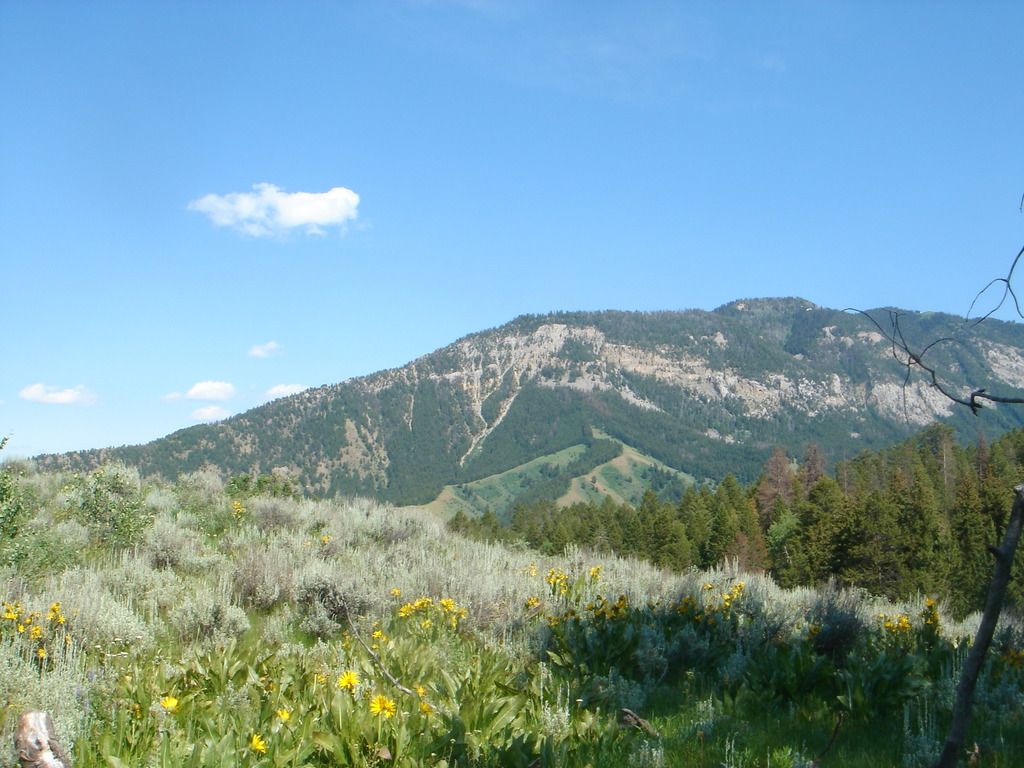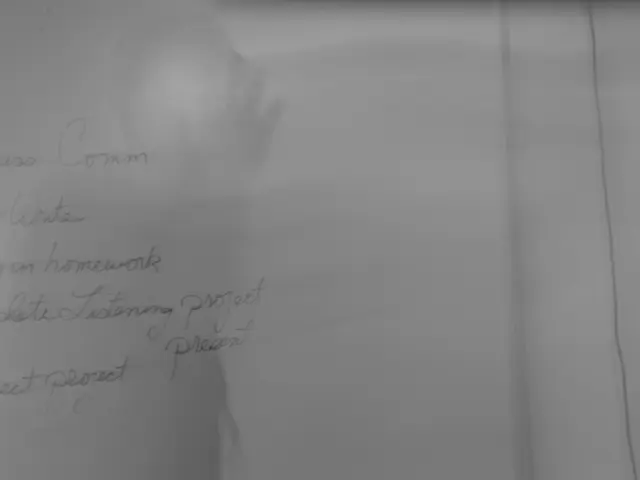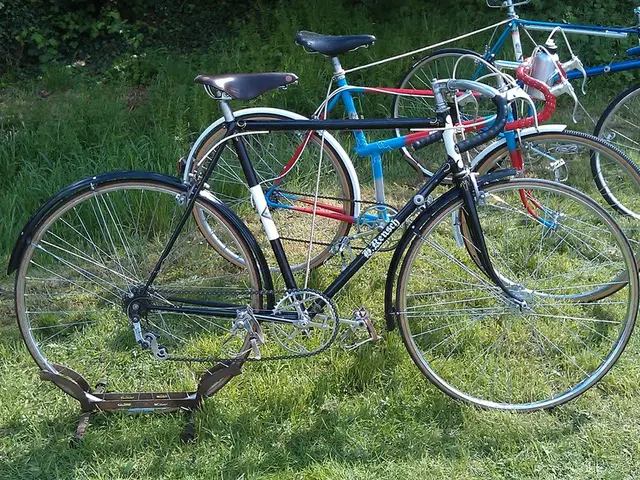Redefining the Mining Landscape in Southern Lower Saxony: A Critical Piece of Germany's Energy Transition Puzzle
Business broadens quest for basic resources in the southern region of Lower Saxony - Exploration of raw materials intensifies in the southern region of Lower Saxony by the company
Here's the scoop on the escalating mining ventures in Southern Lower Saxony, a region with a rich industrial heritage:
Resurgence and Repurposing
Slated for a comeback, mining activities in Southern Lower Saxony have resurfaced, this time with a focus on resource exploration beyond metals. Anglo American Exploration Germany has been given the green light to search for salts within the region, aside from metals, as announced by the Lower Saxony Mining Authority LBEG. This expanded exploration infers an intention to delve into rock and potash salts, primarily within the 1,961 square kilometer area known as Leine-Salt, located in the western Harz foothills.
The Local Lay of the Land
Nestled between Salzgitter and Hildesheim to the south, and Göttingen to the north, the Leine-Salt area includes towns such as Einbeck, Seesen, and Herzberg am Harz. The company, already conducting subterranean searches for copper, lead, gold, or silver, will now utilize a georadar-equipped aircraft dispatching from Hildesheim to aid in their search for these new resources. Similar permits, valid up until 2028, have been granted for the salt exploration expedition.
The Thuringia Connection
Copper, a crucial component in the energy transition, is also a focus for Anglo American Exploration in Thuringia. The British parent company aims to expand responsible resource extraction possibilities, with a growing emphasis on European mining. Initial explorations and test drillings have already taken place in Thuringia, with the potential for further permits should viable deposit discoveries ensue.
Rare Resource Hopes
Scientists have been on the hunt for residual resources further east in the Upper Harz, testing a novel measurement technology. Preliminary findings suggest the presence of rare ores still trapped within the Harz region's depths. Perhaps no surprise, given the Harz's status as Europe's largest and oldest mining region, with mining records going back over 3,000 years.
Ultimately, the revival and expansion of mining activities in Southern Lower Saxony are part of a broader push to secure essential resources for Germany's energy transition initiatives, while adhering to sustainable practices. This driven approach is crucial for ensuring a steady supply of vital materials needed for renewable energy technologies and storage systems in the evolving renewable energy landscape.
Community aid is essential to support the less favored regions of Southern Lower Saxony, particularly during the development of new industries like mining. Financial resources are vital for regional development, as they can help fund infrastructure projects, create jobs, and support local businesses. Energy from the mining sector, such as the exploration of salts and copper, will also contribute significantly to the regional development and energy transition of Germany.








